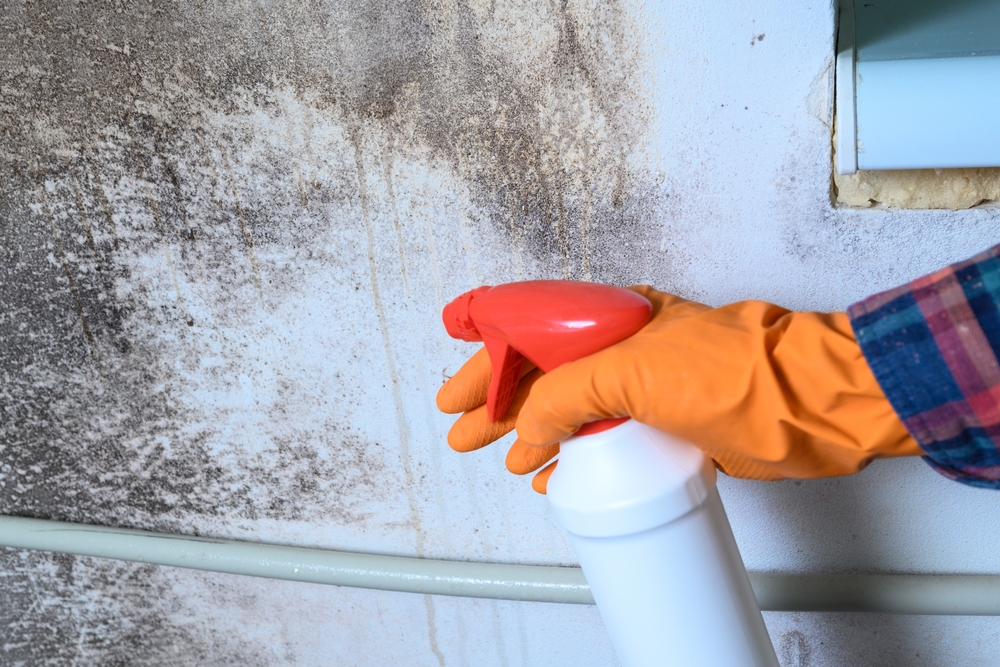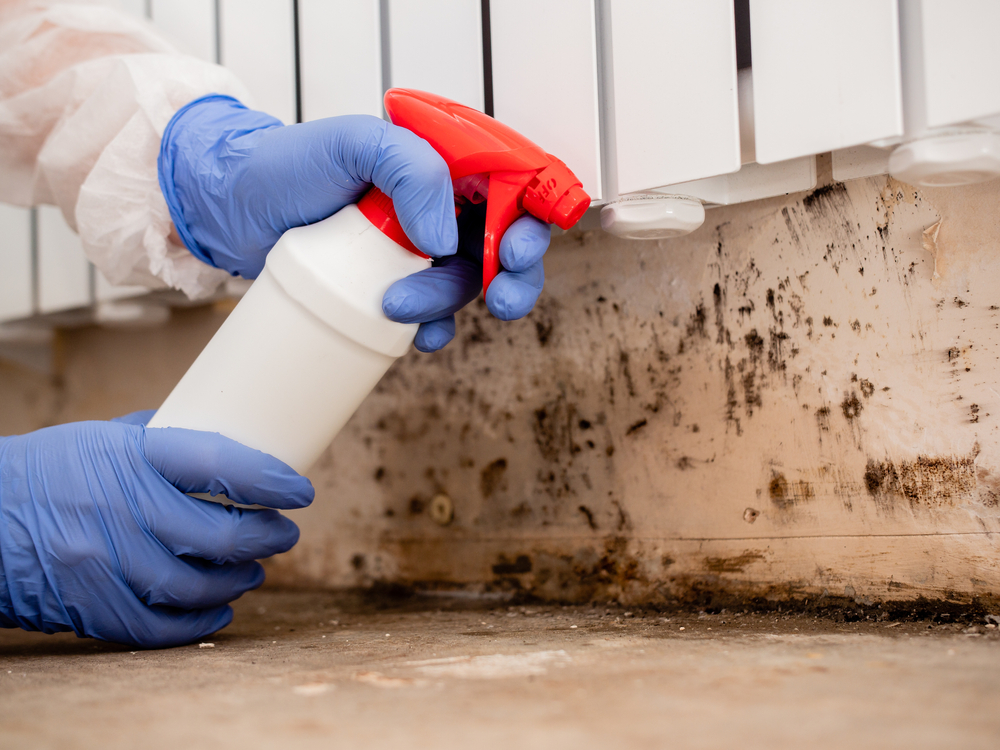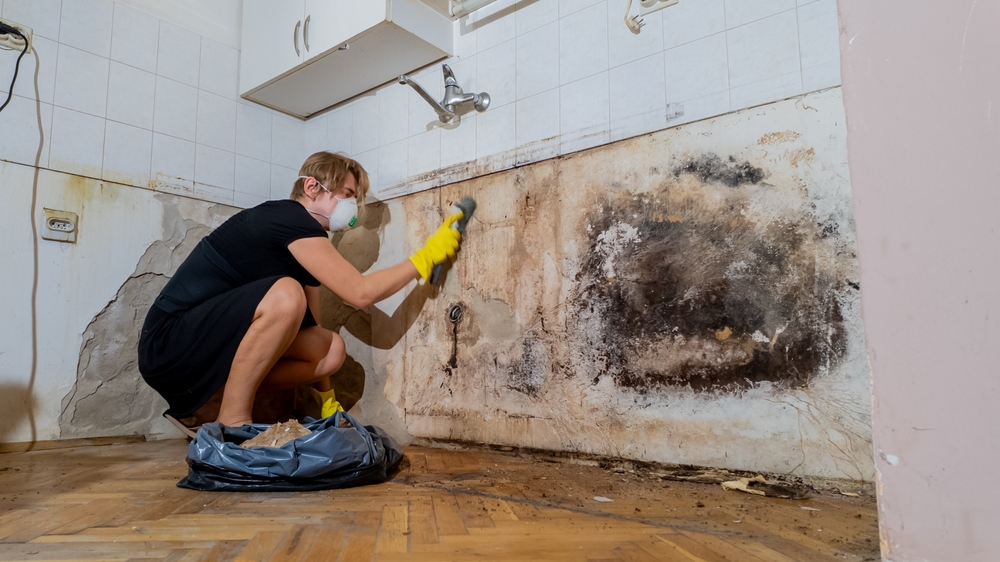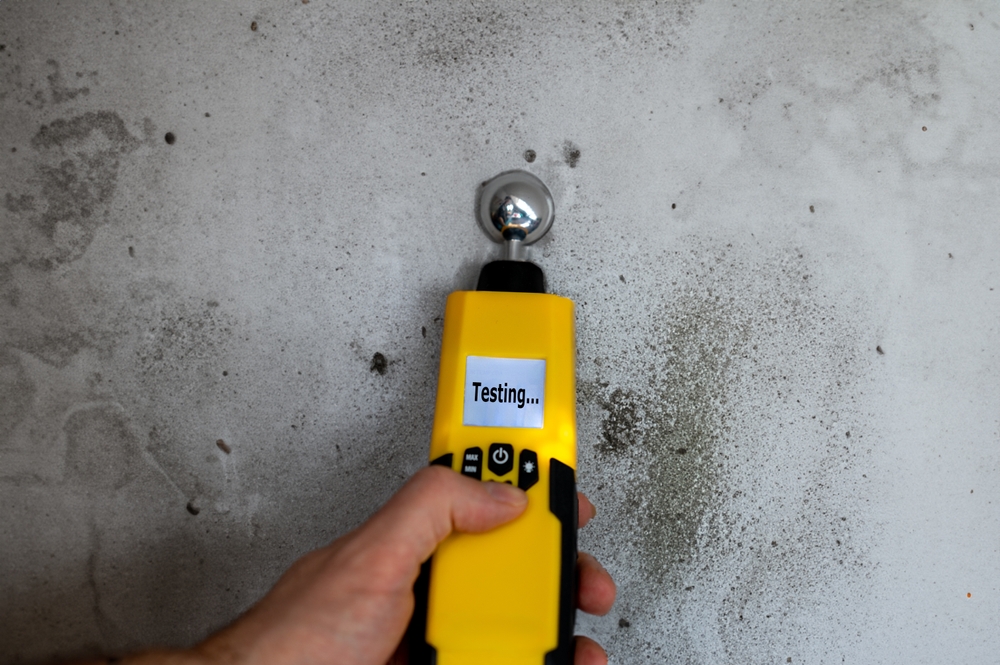Mold is not only a bad sight. It seriously compromises the construction of your house and the health of your family. Mold is a regular problem for Philadelphia residents who blend historic homes with humid summers and sometimes flooding. All the information you need for mold remediation, its risks, the remedial method, and how to stop it going forward is included in this handbook.
Introduction
The Dangers of Mold ExposureThe Risk of Mold One kind of fungus that grows best in moist and humid surroundings is exposure mold. Although outside ecosystems naturally include this, indoor mold development can be dangerous.
- Respiratory issues: Mold spore irritations of the airways can lead to coughing, wheezing, and dyspnea.
- Allergic reactions: Common in those allergic to mold include sneezing, itchy eyes, and skin rashes.
- Chronic health problems: Prolonged exposure may aggravate asthma or cause severe lung diseases in susceptible people.
For these reasons, keeping a safe and healthy living environment depends on fast addressing mold development.
Common Causes of Mold Growth in Philadelphia HomesOlder Philadelphia homes in particular might be prone to mold. Important causes of mold consist in:
- Humidity: Philadelphia’s summer heat and humidity make the ideal habitat for mold.
- Water leaks: Older plumbing systems often have leaks, which would cause damp areas where mold might grow.
- Flooding: During heavy rain, basements—especially those of row homes or older buildings—are vulnerable.
- Poor ventilation: Bathrooms, attics, and basements without enough airflow can trap moisture, therefore promoting mold development.
The Importance of Prompt Mold RemediationMold spreads quickly without delay. Mold spores can flourish and colonize 24 to 48 hours after water contact. Delaying behavior might result in:
- Structural damage: Mold weakens other building components including wood and drywall.
- Increased health risks: Ongoing exposure to mold spores raises the chance of major medical problems.
- Higher costs: More complex and costly the remedial process gets the longer mold stays untreated.

Identifying a Mold Problem
Early detection of mold can help to save stress, money, and time.
Visual Signs of Mold GrowthMany times, mold shows up in places with ongoing wetness. Typical visual signals consist of:
- Discoloration: Depending on the type, mold patches could be black, green, white, even orange.
- Peeling paint or wallpaper: Peeling paint or wallpaper often points to dampness behind walls, a common mold habitat.
- Stains or spots: Particularly in basements or bathrooms, look for stains on flooring, walls, or ceilings.
Musty Odors and Respiratory SymptomsThough it is not obvious, mold can usually be found by:
- Persistent musty smells: Mold produces a unique scent that gets worse in closed environments.
- Health symptoms: Family members can have allergies or inexplicable respiratory problems.
Testing for Mold: DIY Kits vs. Professional InspectionAlthough do-it-yourself mold testing kits exist, they are sometimes erratic. Expert assessments provide more exact findings:
- Comprehensive assessment: Professionals find every place impacted by mold, including obscure areas like air ducts.
- Accurate identification: They ascertain the kind of mold and the degree of the infestation in accuracy.
- Custom solutions: Professionals offer customized fixing strategies for your house.
The Mold Remediation Process
To guarantee thorough removal of the mold, proper mold treatment calls for a methodical, expert approach.
Step 1: Containment and ProtectionStopping the mold from spread farther comes first.
- Isolating affected areas: Plastic sheeting and negative air pressure devices help to control mold spores in impacted regions.
- Protecting your family and the team: To prevent exposure, remedial workers don gloves, masks, and goggles. Families might have to momentarily leave the house during the process.
Step 2: Mold RemovalThe mold is meticulously cleaned once the location is under security.
- Removing contaminated materials: Eliminating strongly infested porous materials such carpets, drywall, and insulation calls for careful disposal.
- Cleaning hard surfaces: To remove mold, non-porous objects like counters and tiles are cleaned with antimicrobial cleansers.
Step 3: Drying and DehumidificationCompletely drying the space helps to stop mold from resurfacing.
- Reducing moisture: Drying walls, flooring, and the air is accomplished with industrial dehumidifiers and fans.
- Monitoring humidity: Professionals make sure the humidity stays around 50%, a safe range for the avoidance of mold.
Step 4: Air Quality Testing and RemediationAdditionally handled should be airborne mold spores to guarantee the safety of your house.
- Testing air quality: Mold experts sample the air to ascertain the spore concentration.
- Removing spores: HEPA air cleaners and filtration systems catch and eliminate mold spores, therefore enhancing the indoor air quality.

Preventing Future Mold Growth
Once your house is mold-free, you have to be careful not to let recurrence start.
Controlling MoistureThe best approach to stop mold is by controlling moisture.
- Fix leaks promptly: Right away fix appliances, roofs, and leaking pipes.
- Use dehumidifiers: To lower humidity, keep a dehumidifier running in damp spaces including basements.
- Ventilate properly: Install exhaust fans in laundry rooms, kitchens and bathrooms to stop steam build-up.
Maintaining Good Indoor Air QualityGood indoor air lowers the mold growth possibilities.
- Clean regularly: Clean windows and bathroom tiles, two areas likely to be damp.
- Monitor humidity levels: Track humidity levels in your house using a hygrometer to keep them below 50%.
- Choose mold-resistant materials: Install insulation and mold-resistant drywall in places likely to be damp.
Choosing a Mold Remediation Professional
Good and long-lasting outcomes depend on choosing the correct mold remediation business.
Key Factors to Consider
- Experience and certification: Certificate of experience and certification Search for businesses bearing the Institute of Inspection Cleaning and Restoration Certification (IICRC).
- Insurance and licensing: Verify the company has liability coverage and the required qualifications.
- Transparent pricing: Select a contractor who offers straightforward, free from hidden costs estimates.
- Reputation: Expectedness To verify the company’s dependability, read reviews and get references.
Why Professional Remediation MattersAlthough do-it-yourself mold removal seems affordable, it usually results in inadequate solutions. In professionals:
- Use specialized tools: They can fully remove industrial-grade equipment.
- Ensure complete remediation: Guarantee total remediation: Experts handle residual spores and concealed mold.
- Provide long-term solutions: They locate and fix the underlying reasons of mold development.
Conclusion
One major problem demanding quick care is mold development. Knowing the risks of mold, the remedial process, and preventative measures will assist Philadelphia homeowners safeguard their health as well as their house.
Timely Mold Remediation is CriticalTimely mold remediation is essential; acting fast stops more damage, lowers health concerns, and saves money. Mold doesn’t go away on its own, hence the problem gets worse with increasing wait.
Stay Vigilant to Prevent MoldOnce repair is finished, keep your house mold-free by acting pro-actively to minimize moisture and improve air quality. Your best defenses against mold are routine inspections, maintenance, and expert assistance as needed.
Keeping aware and ready can help you to guarantee a safe, healthy living environment free from mold’s hazards for your family.
Philadelphia Restoration Services
https://www.google.com/maps?cid=3399342399556699153
+1 267 668 0013
https://philadelphiarestorationservices.com/


